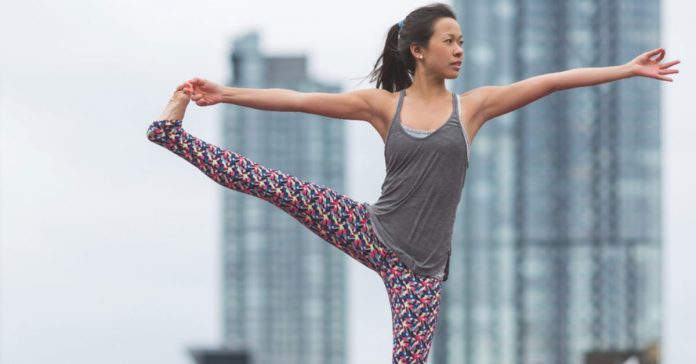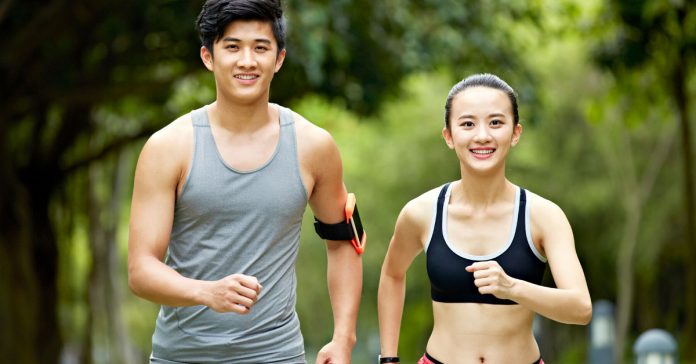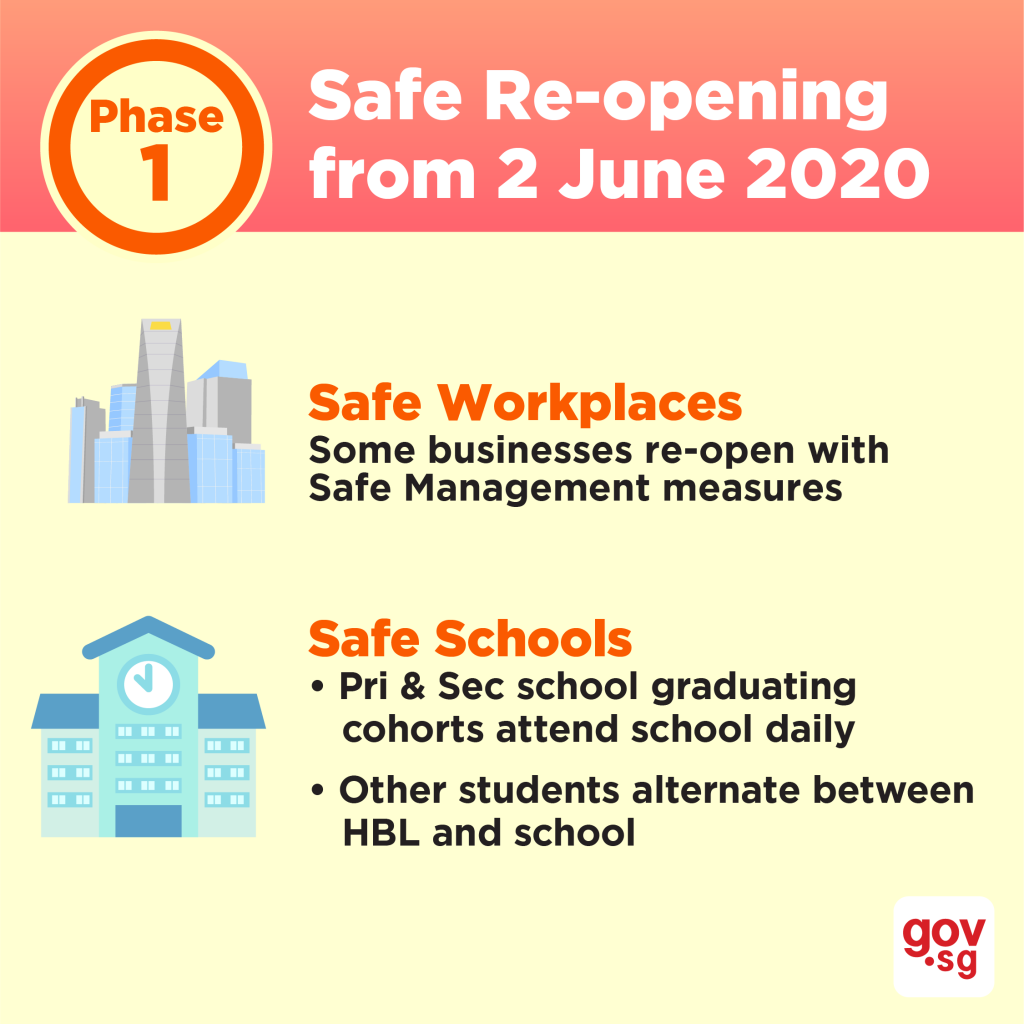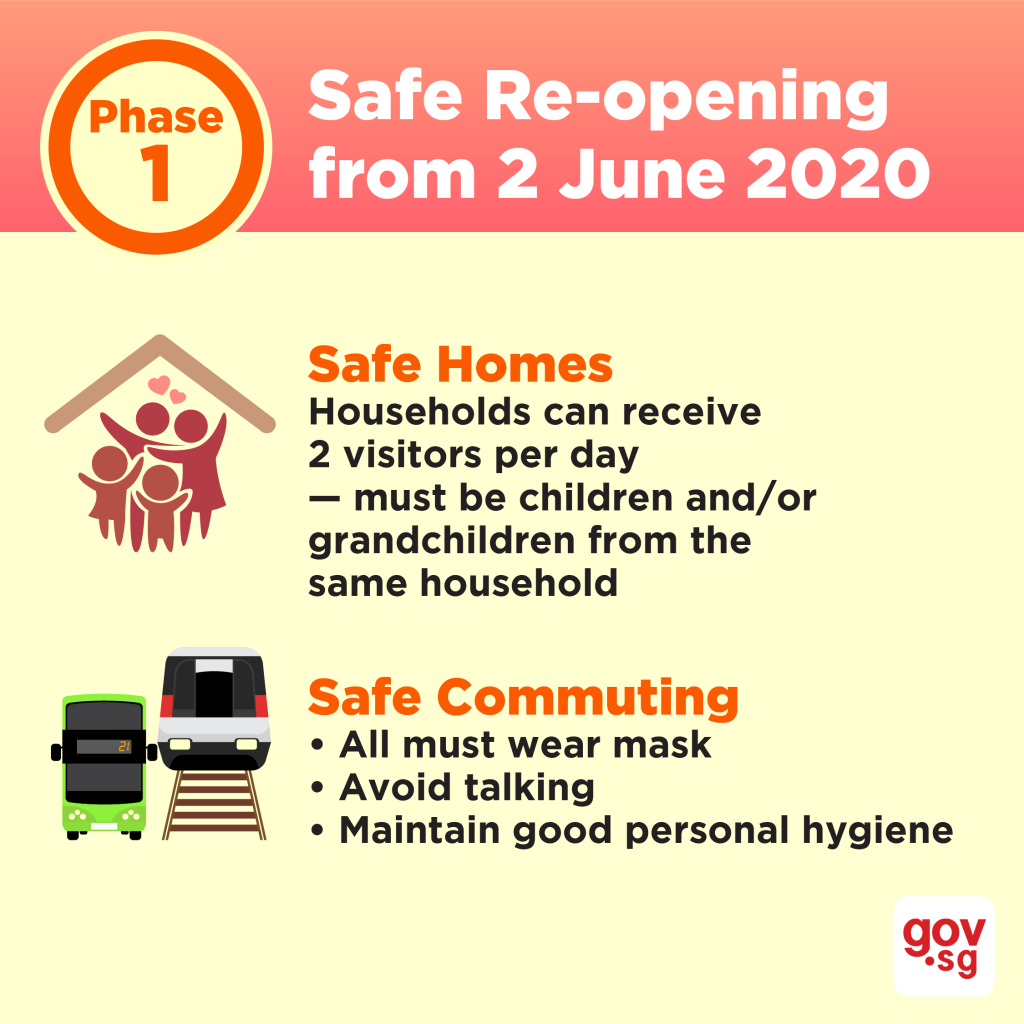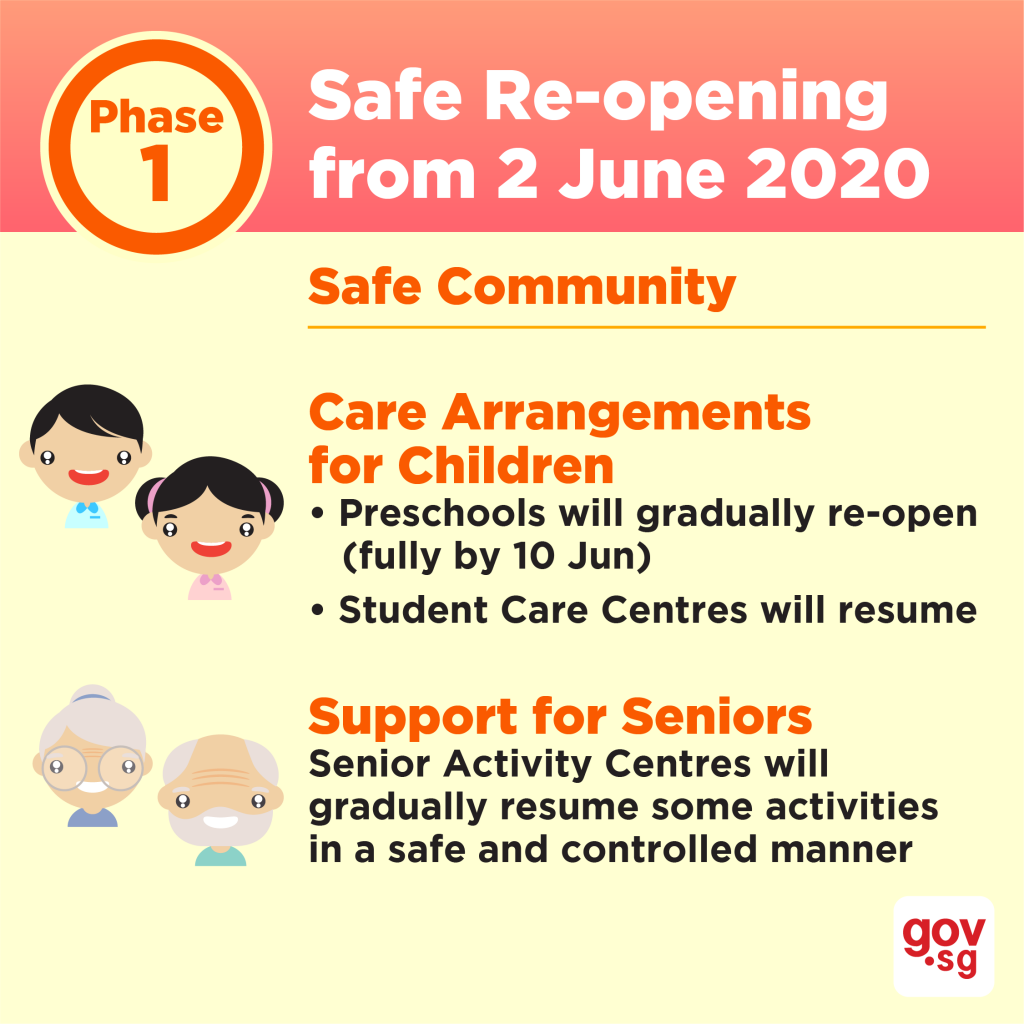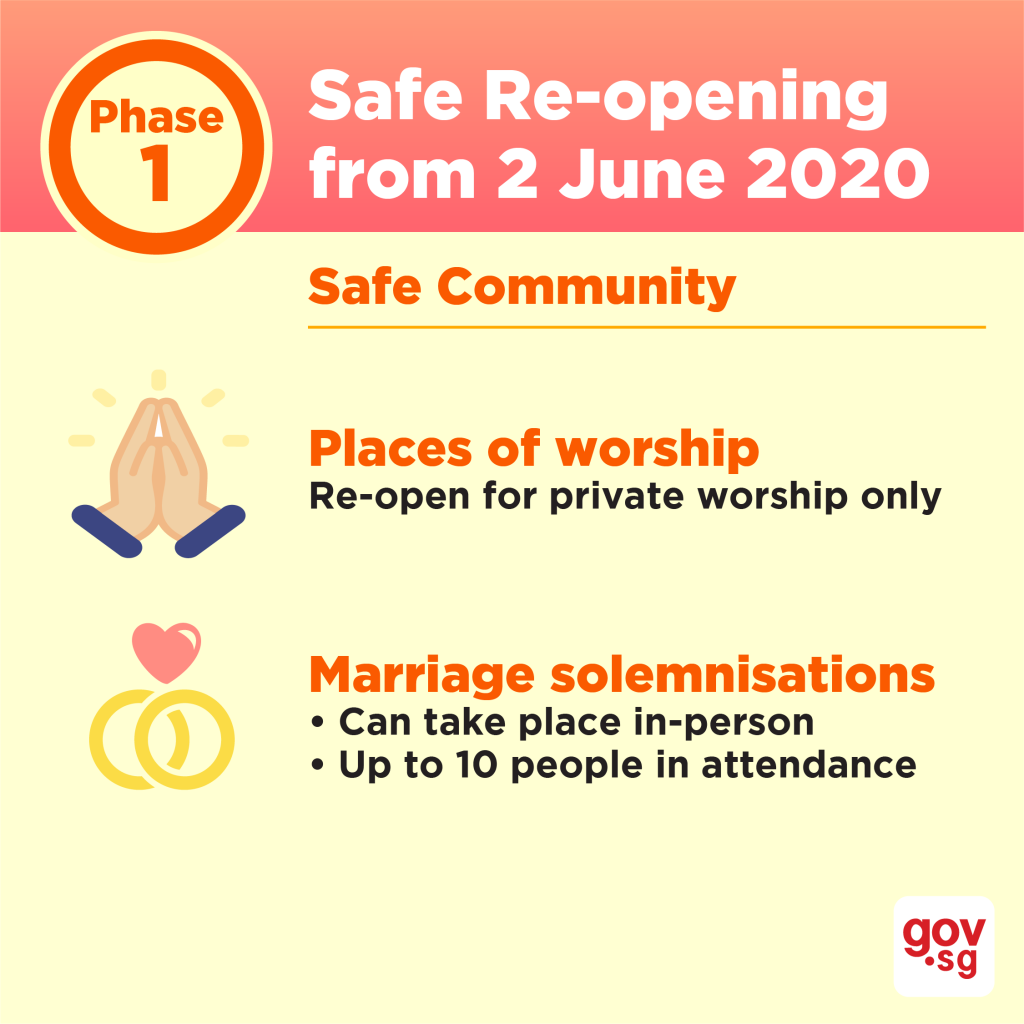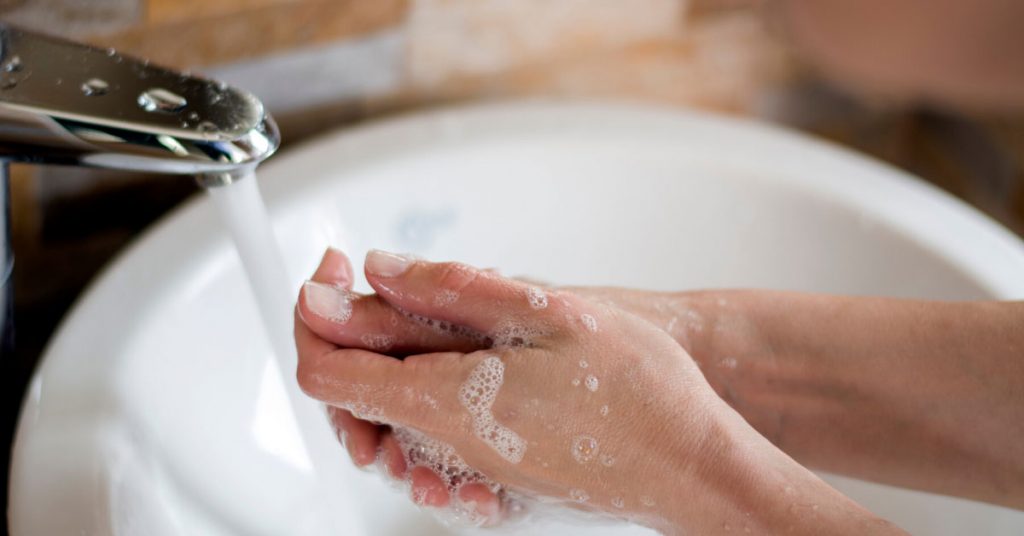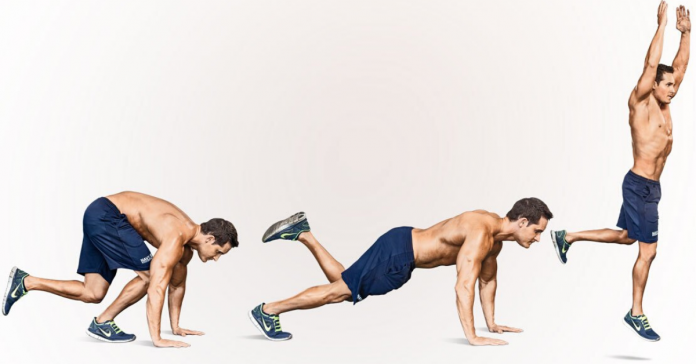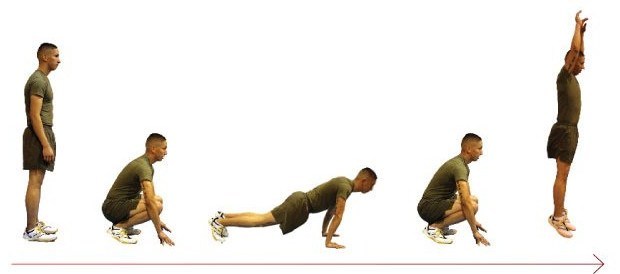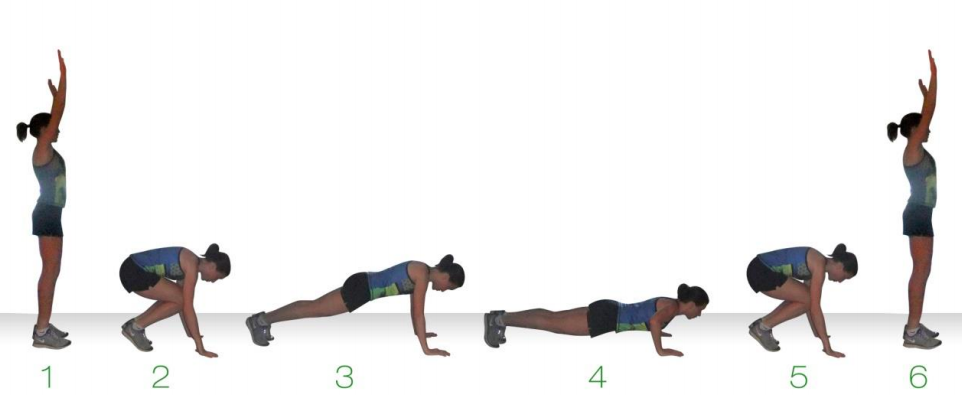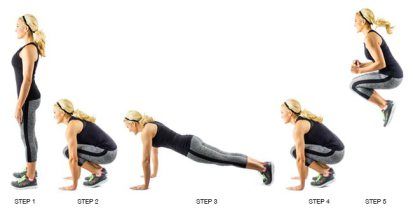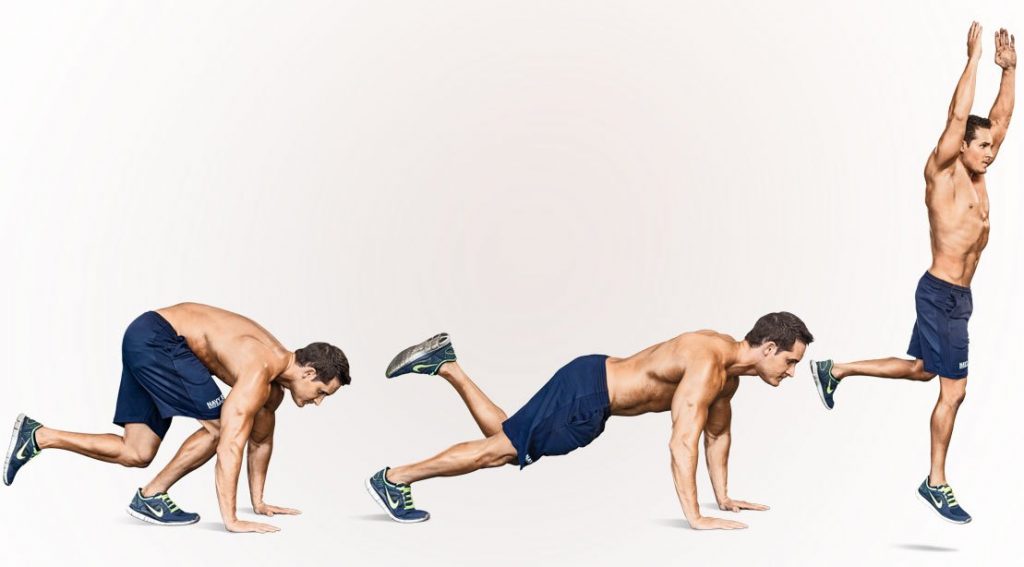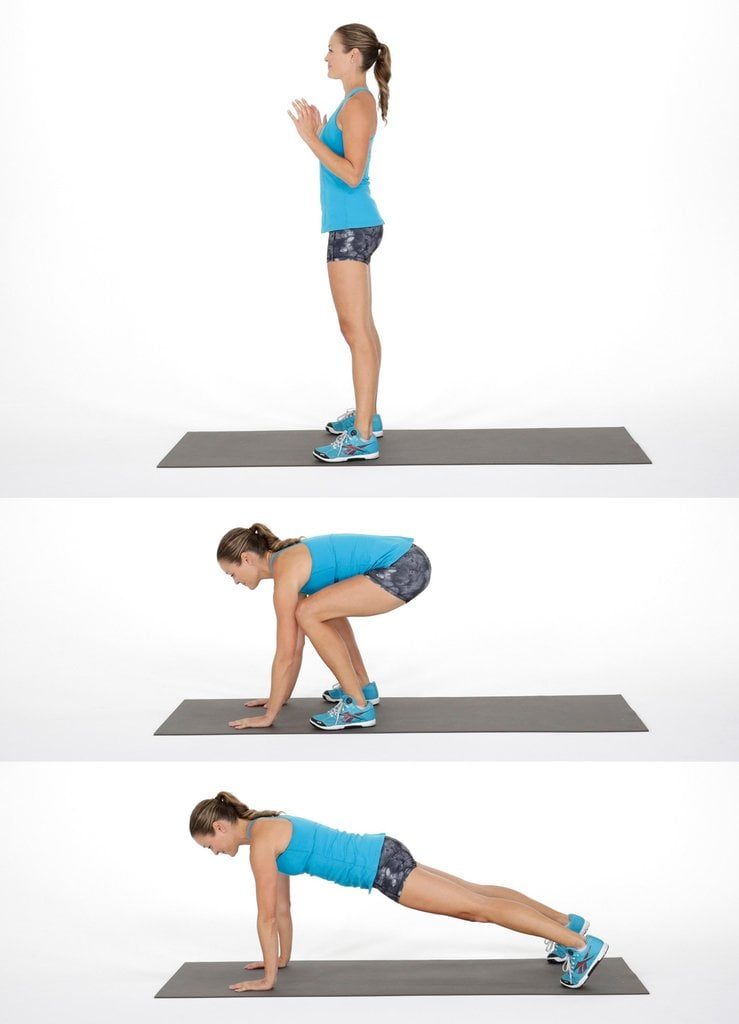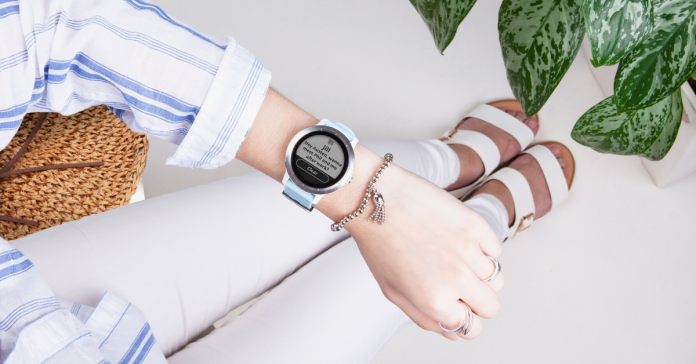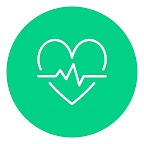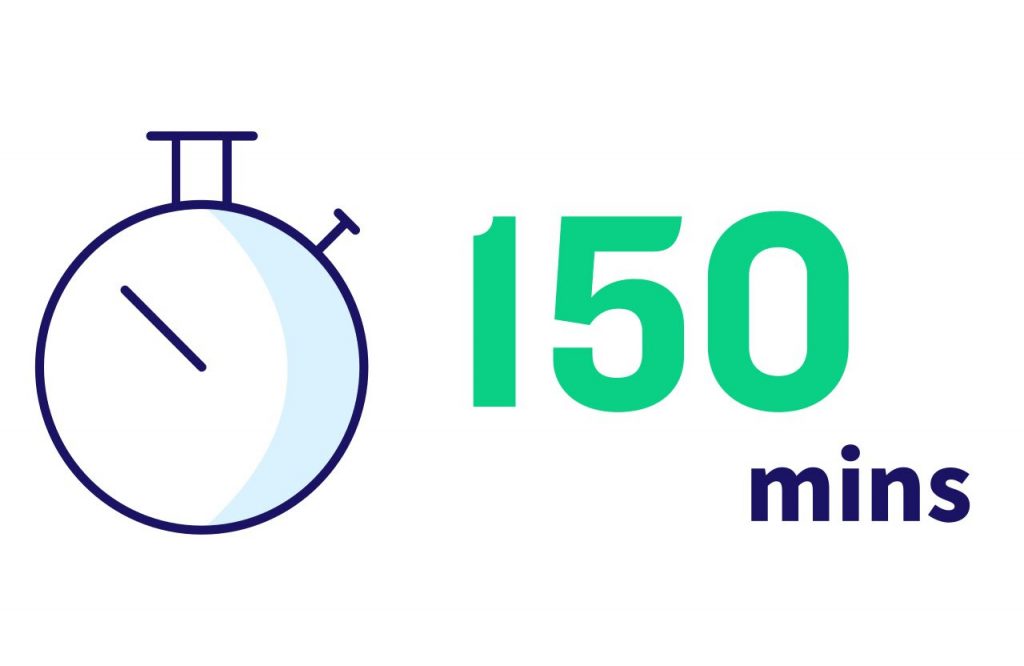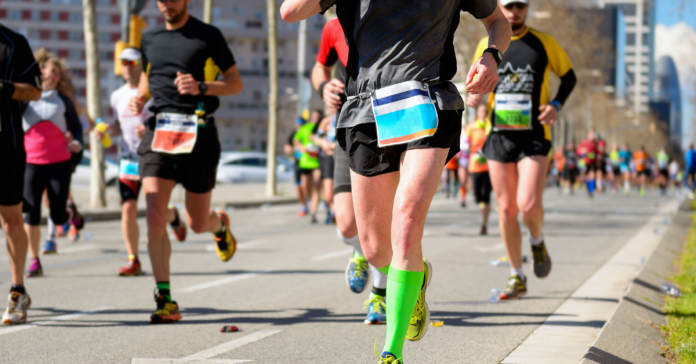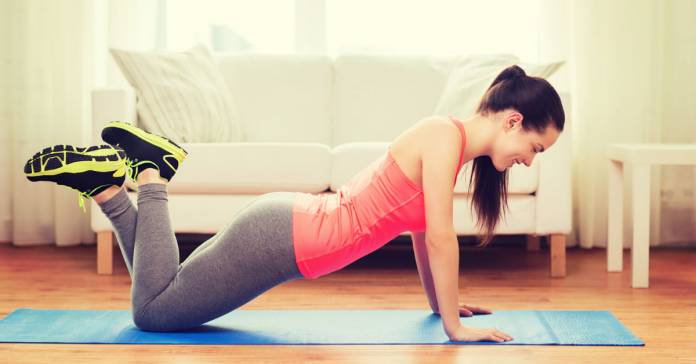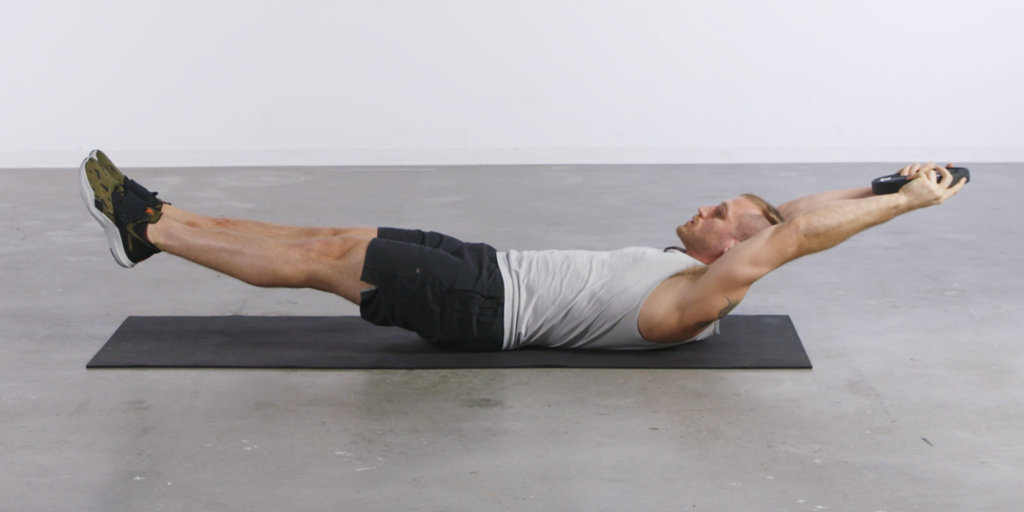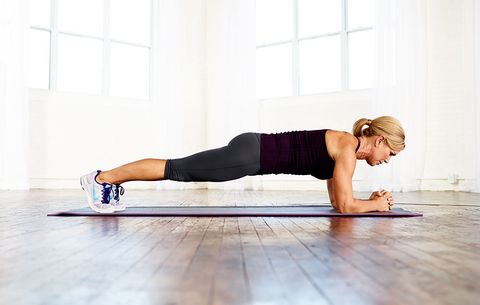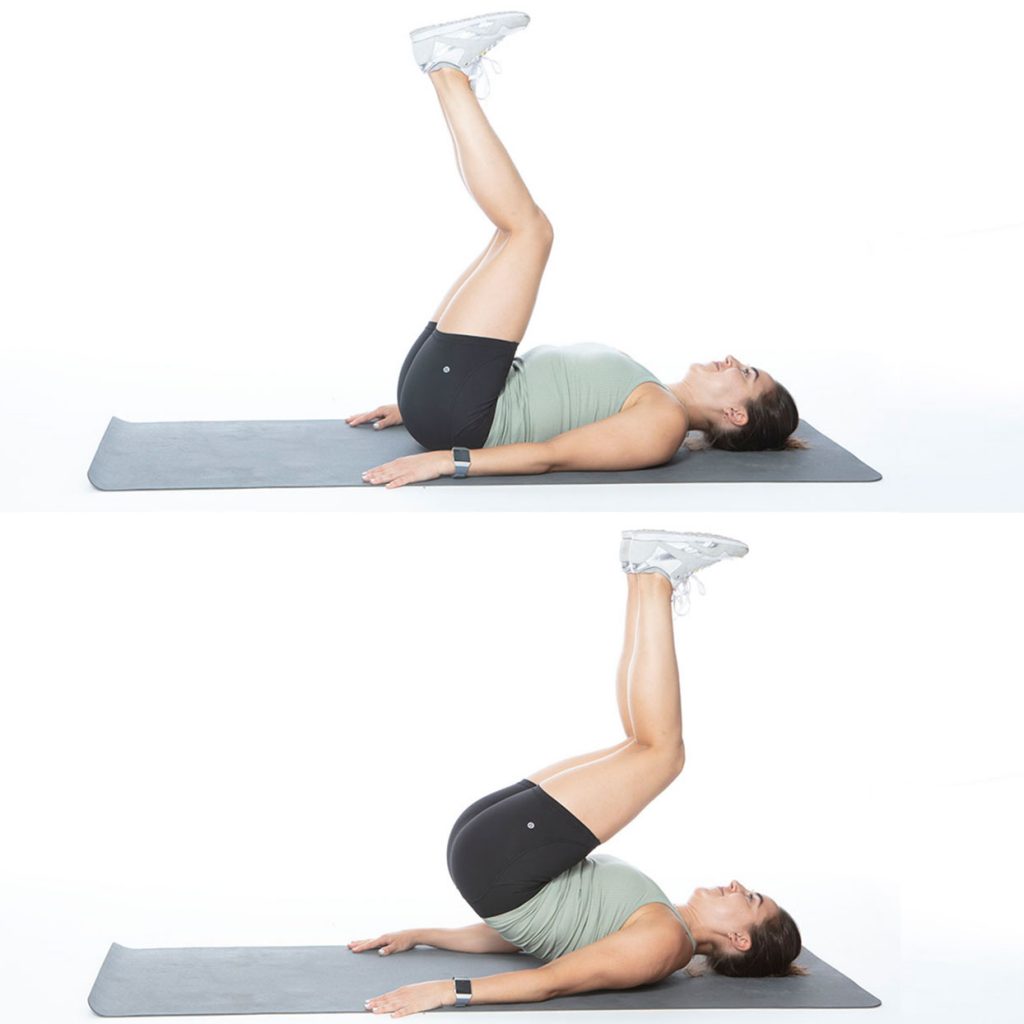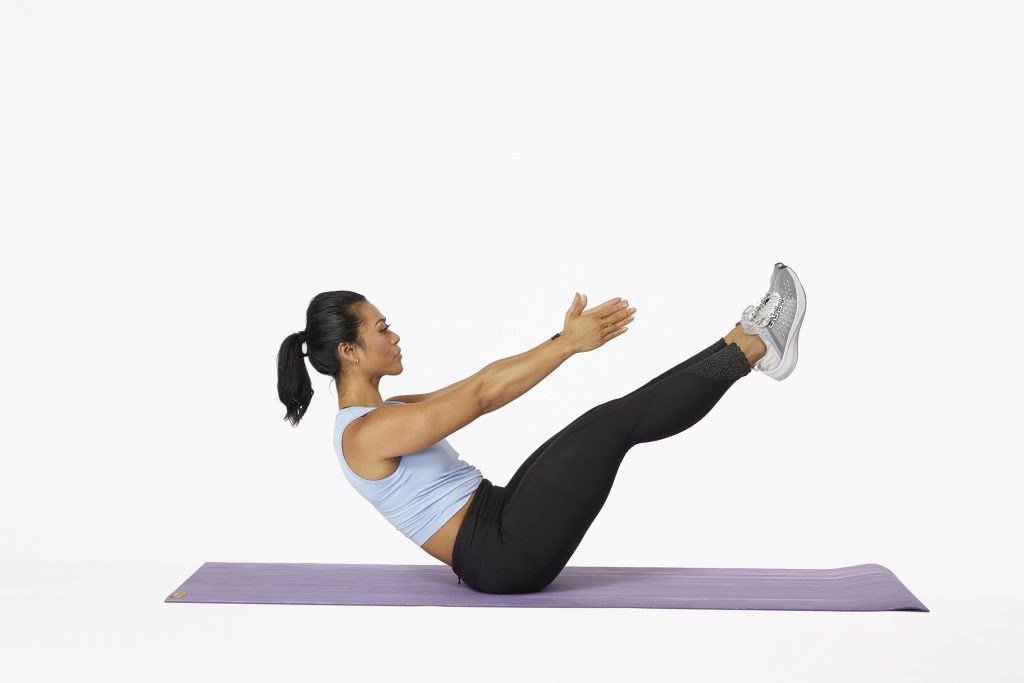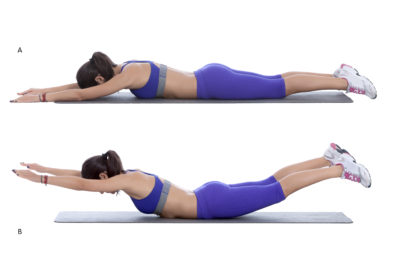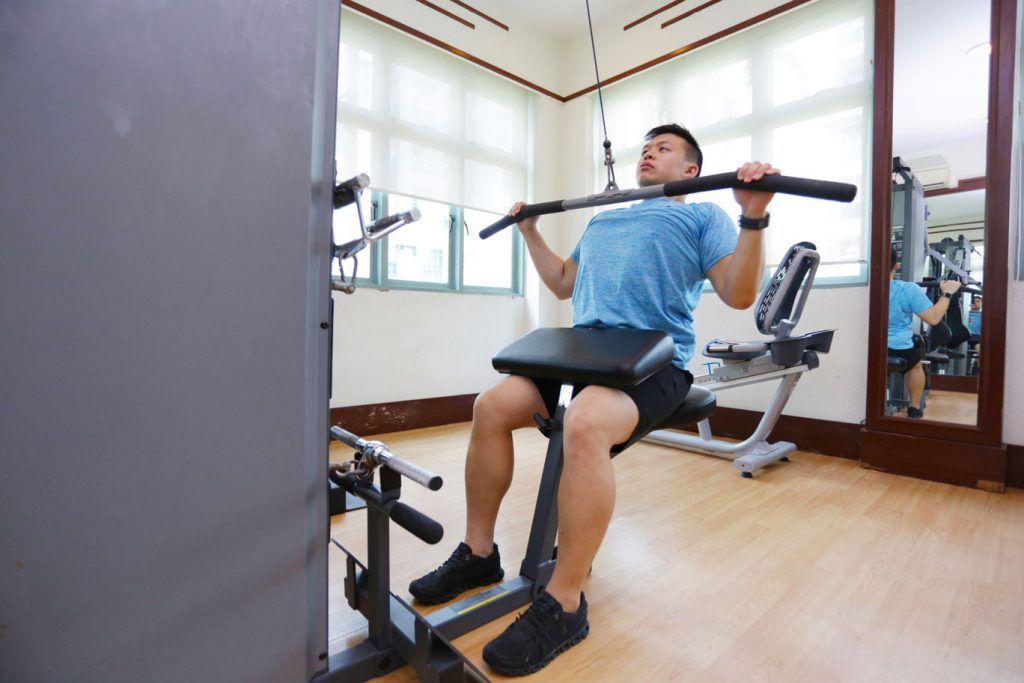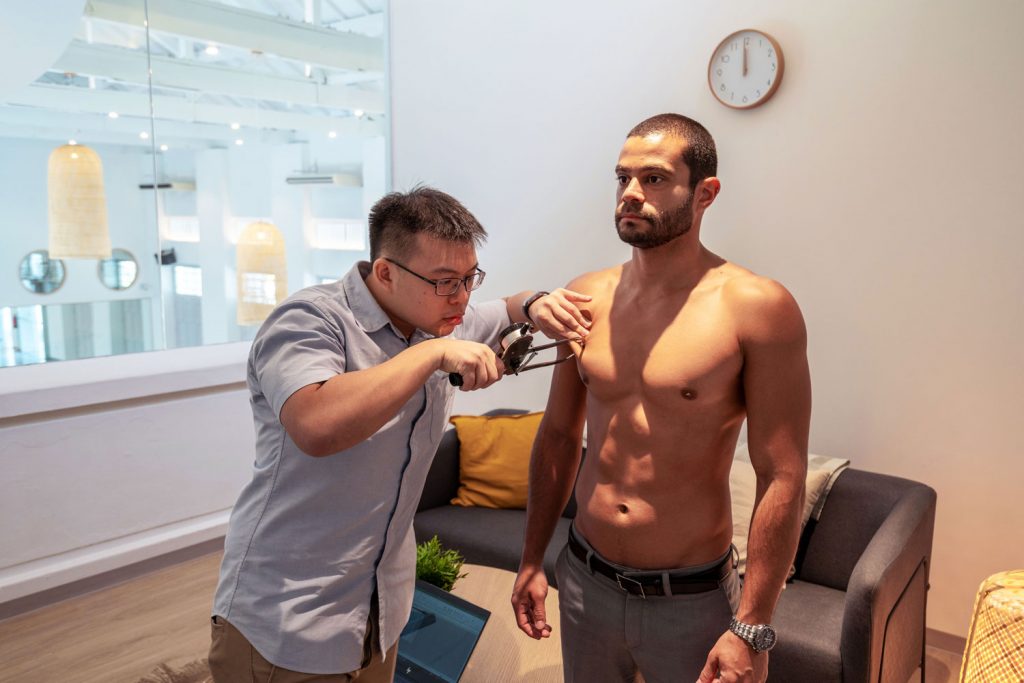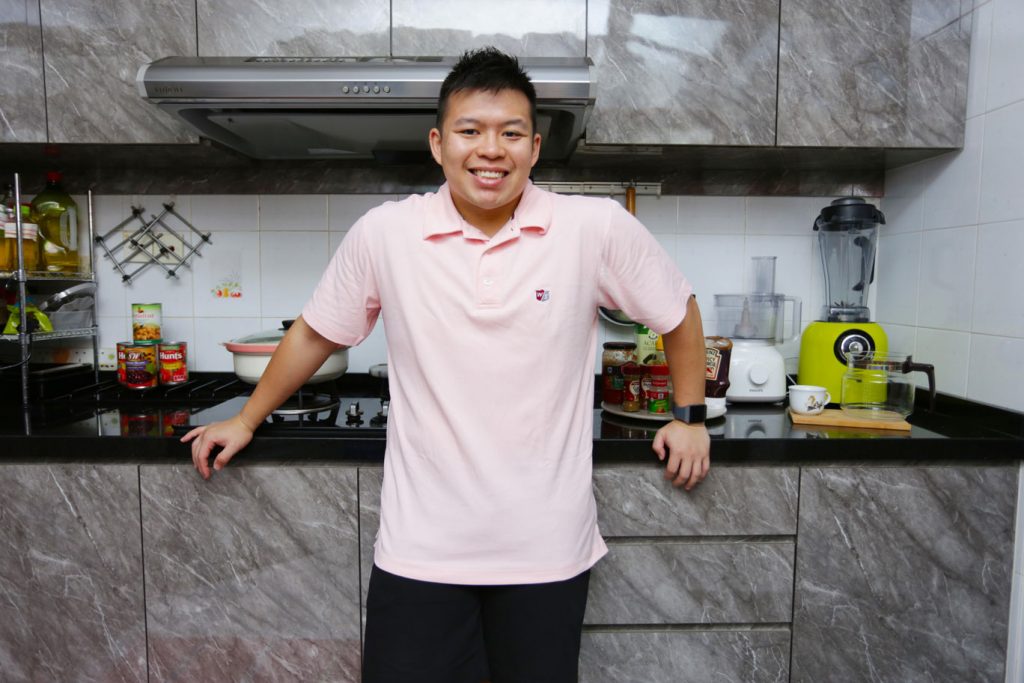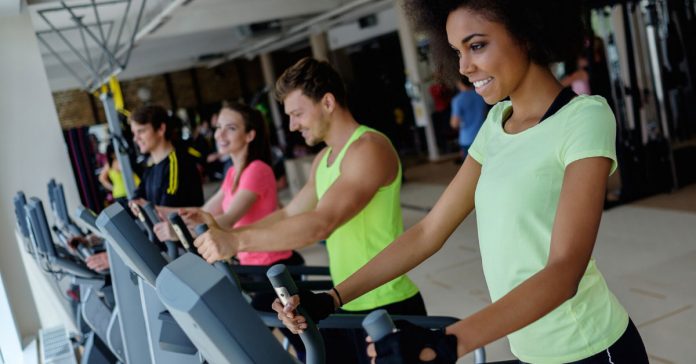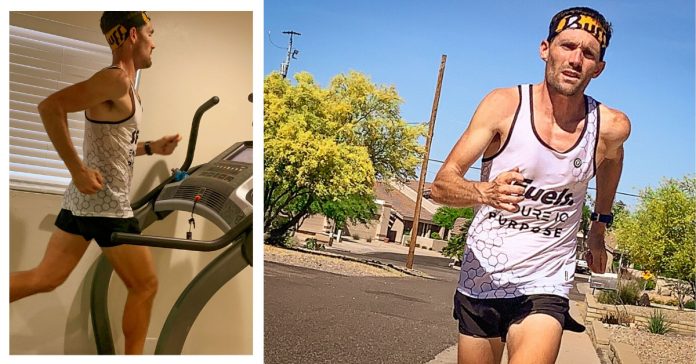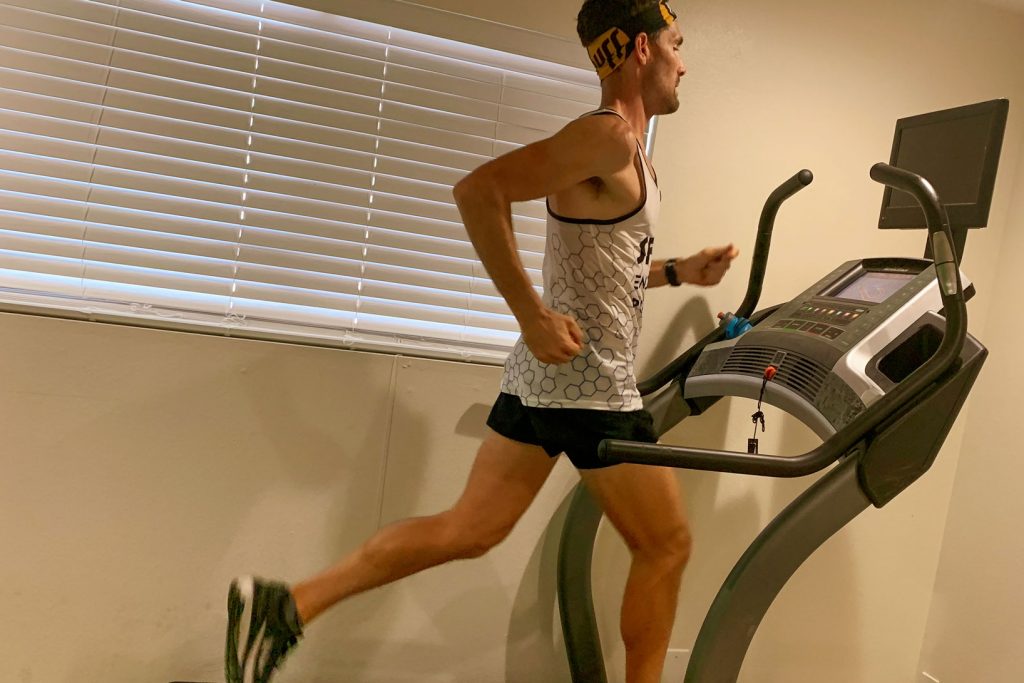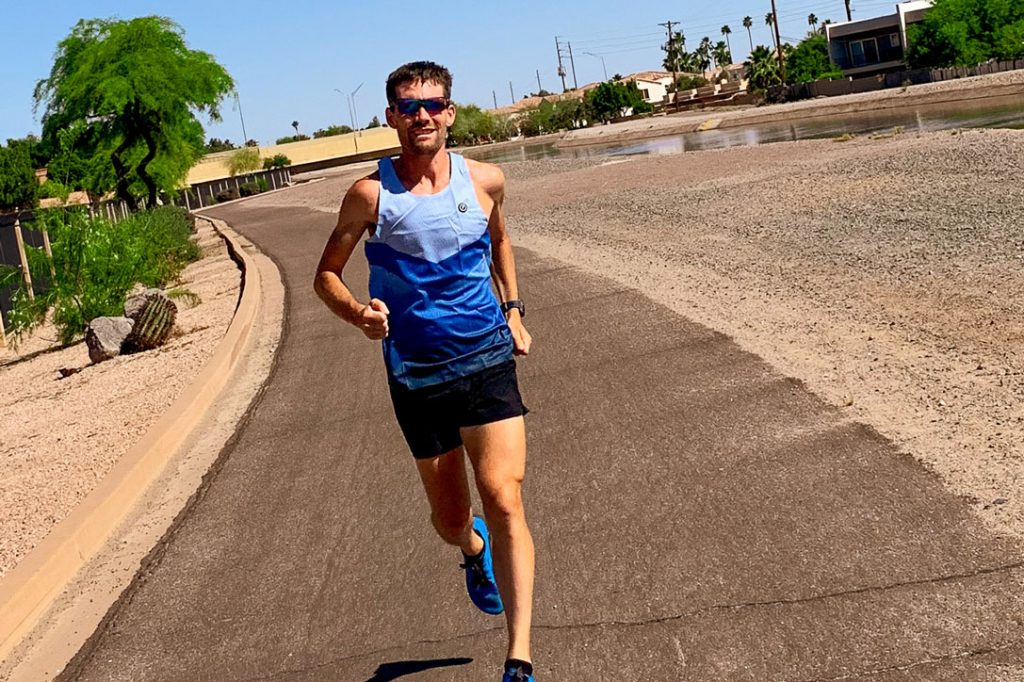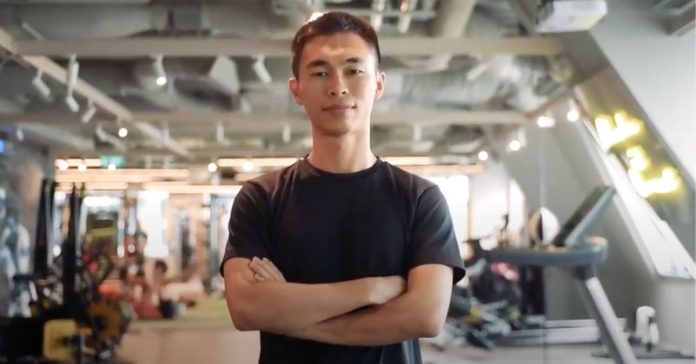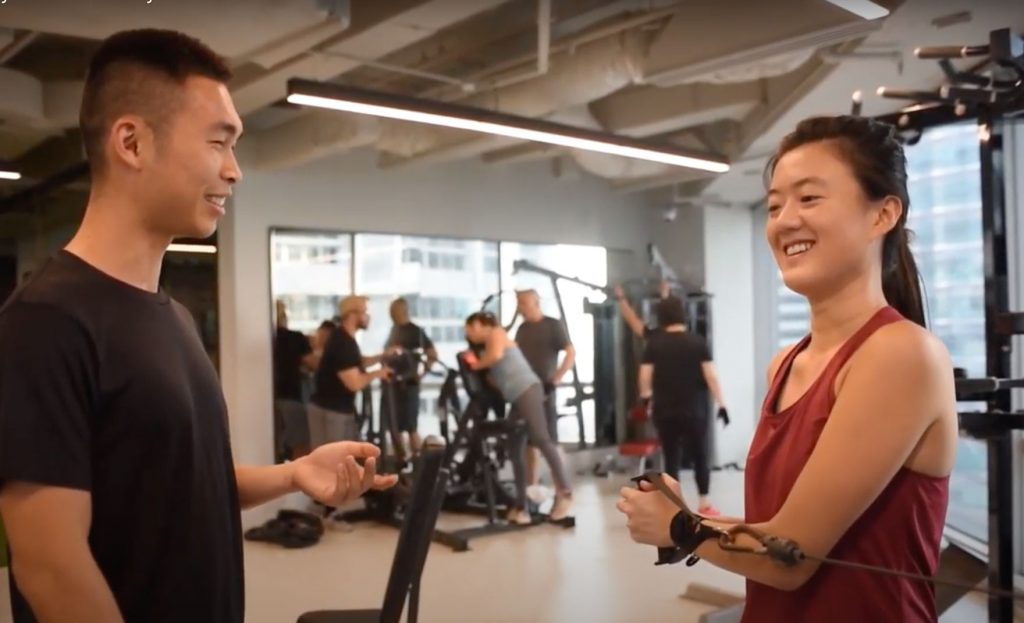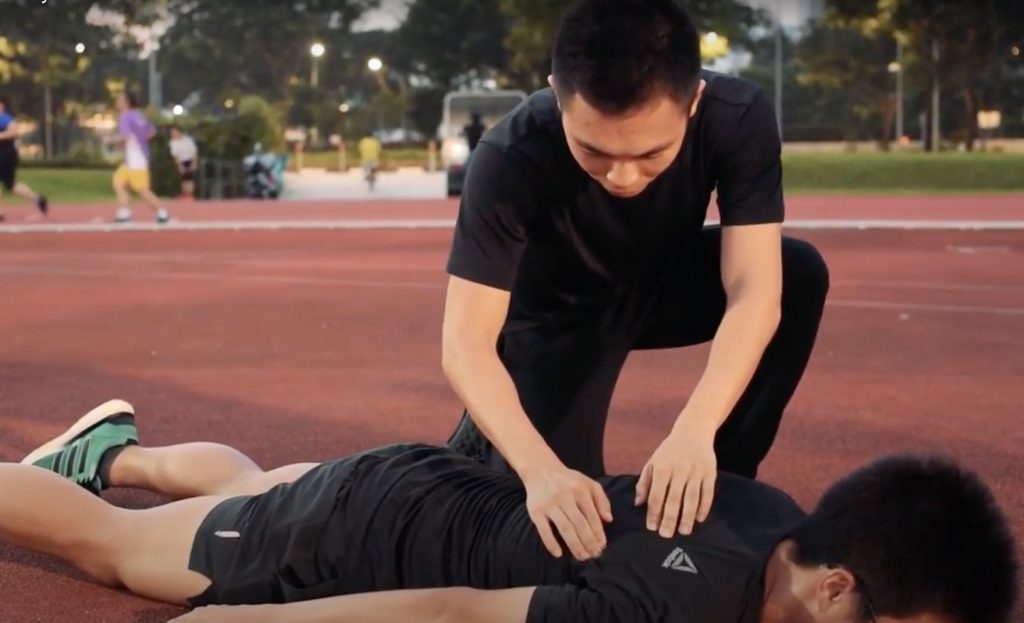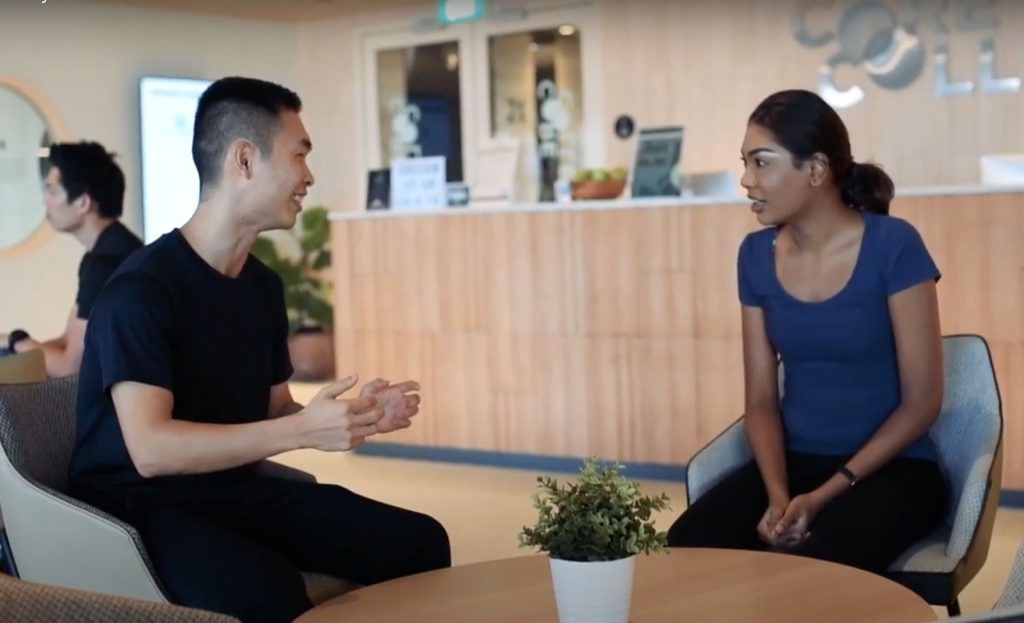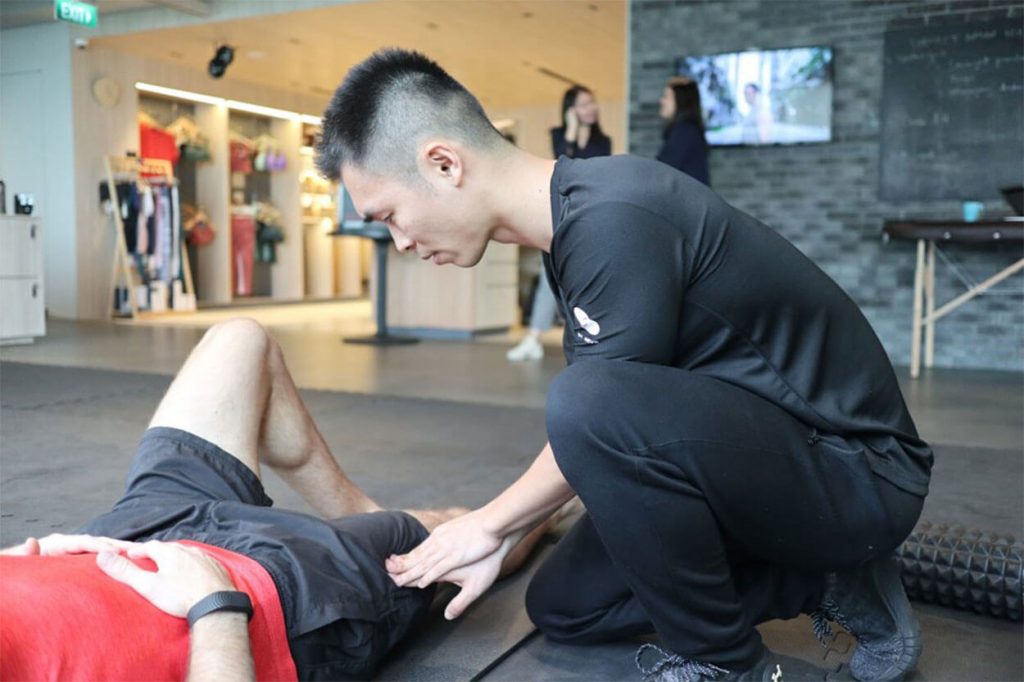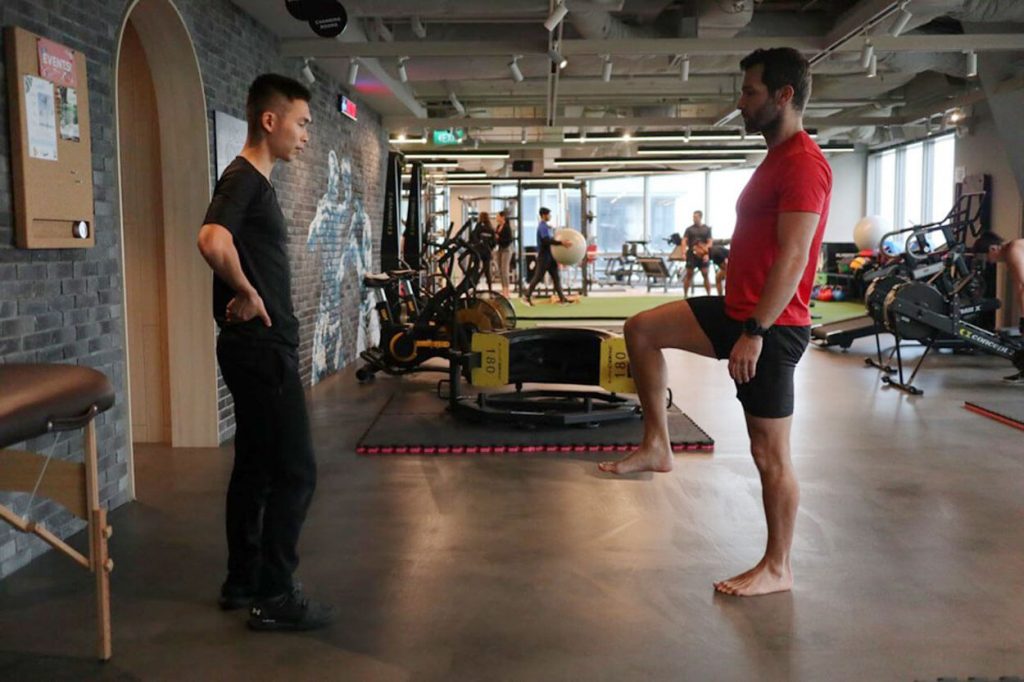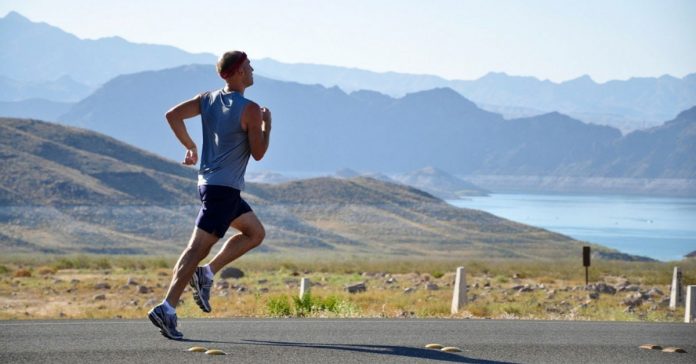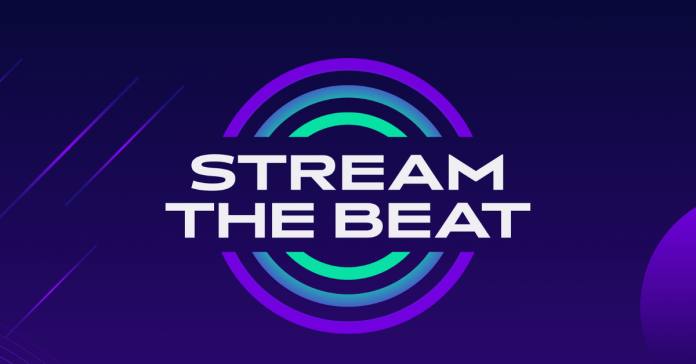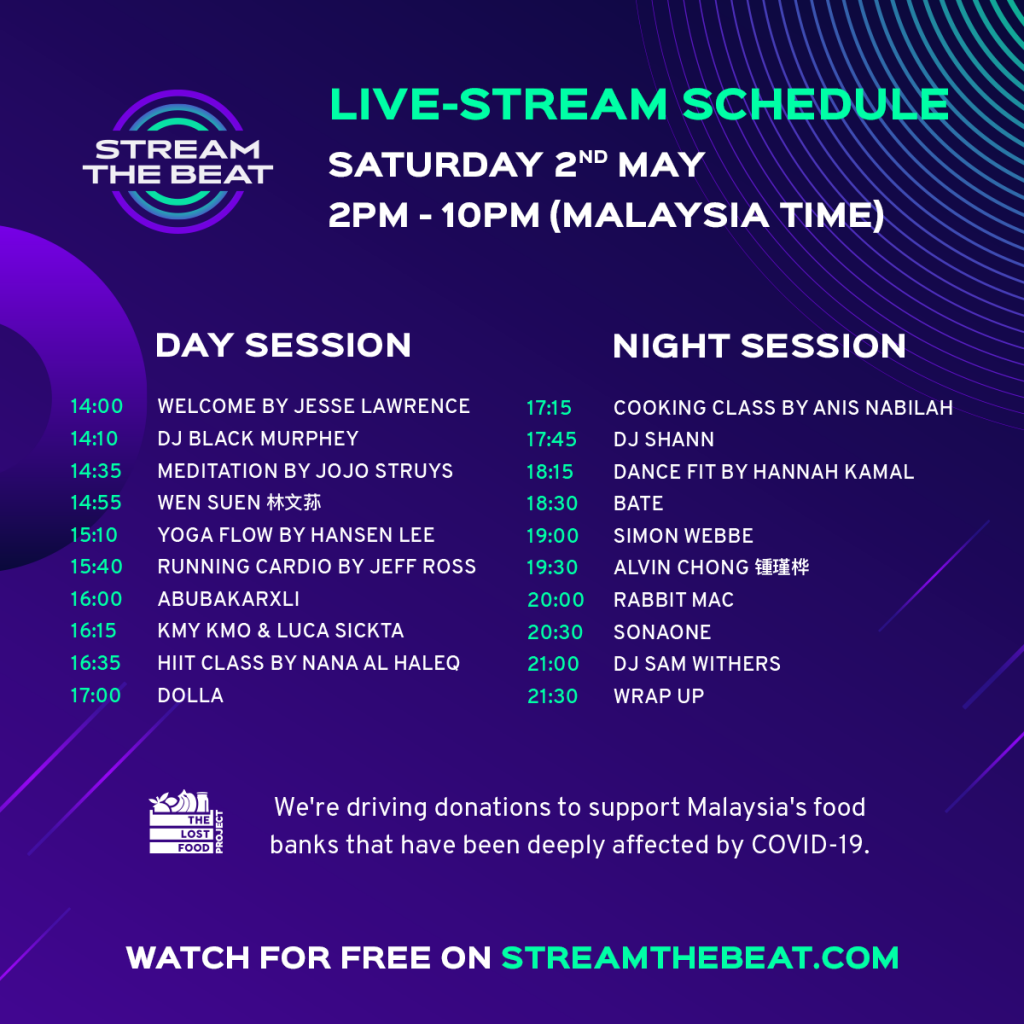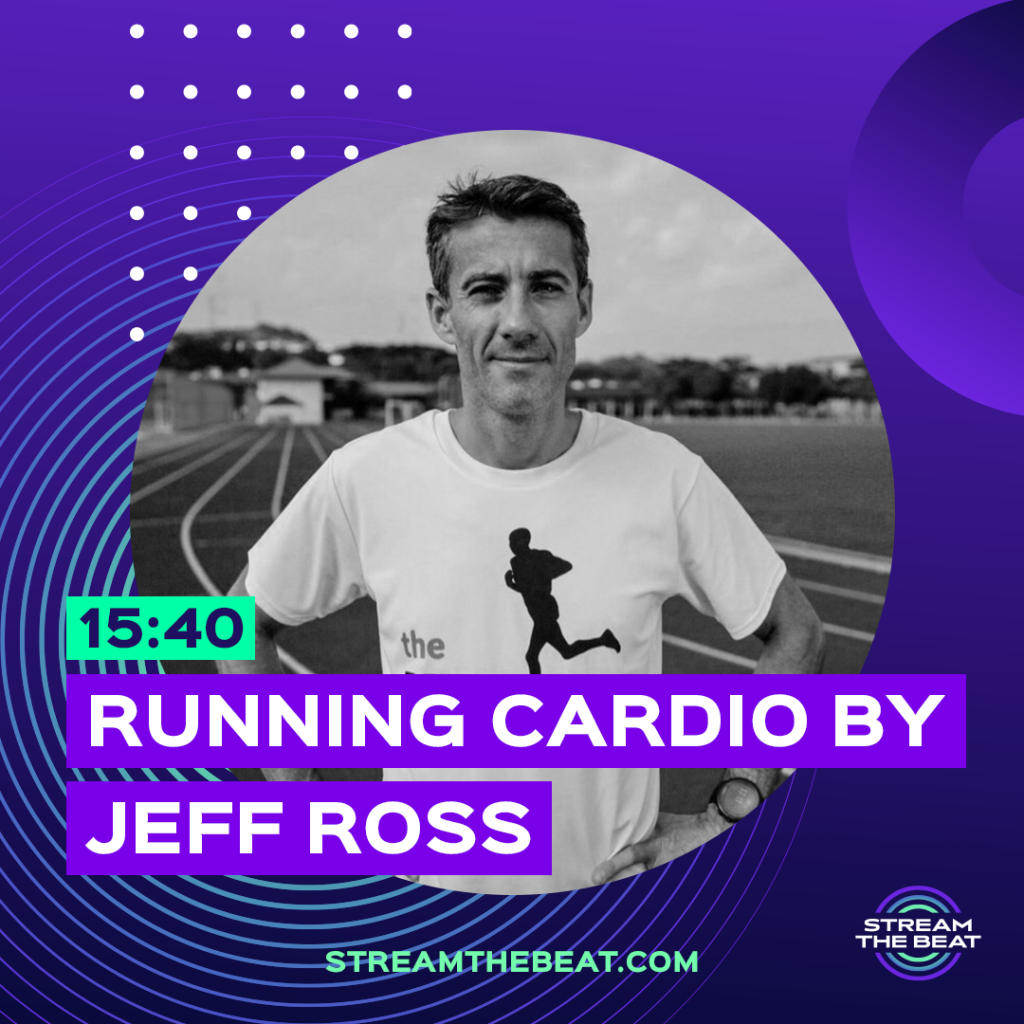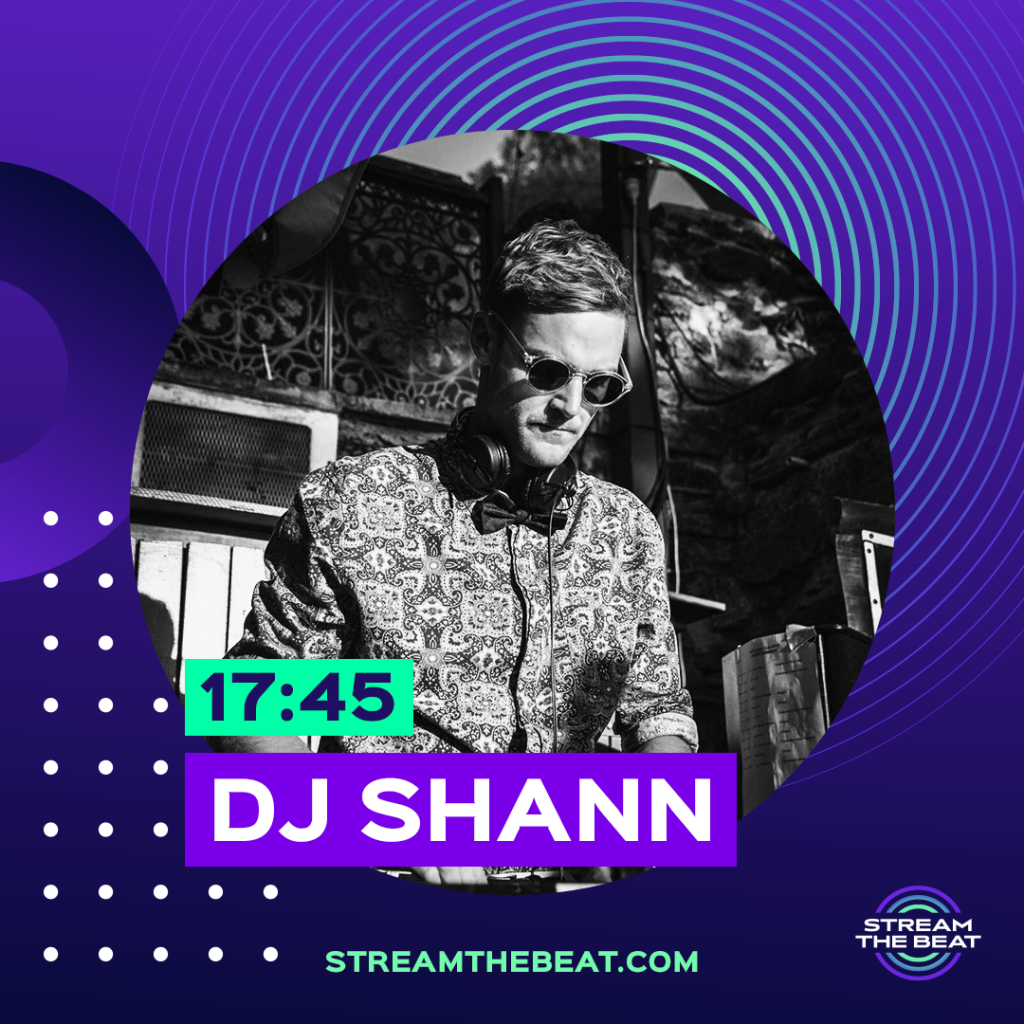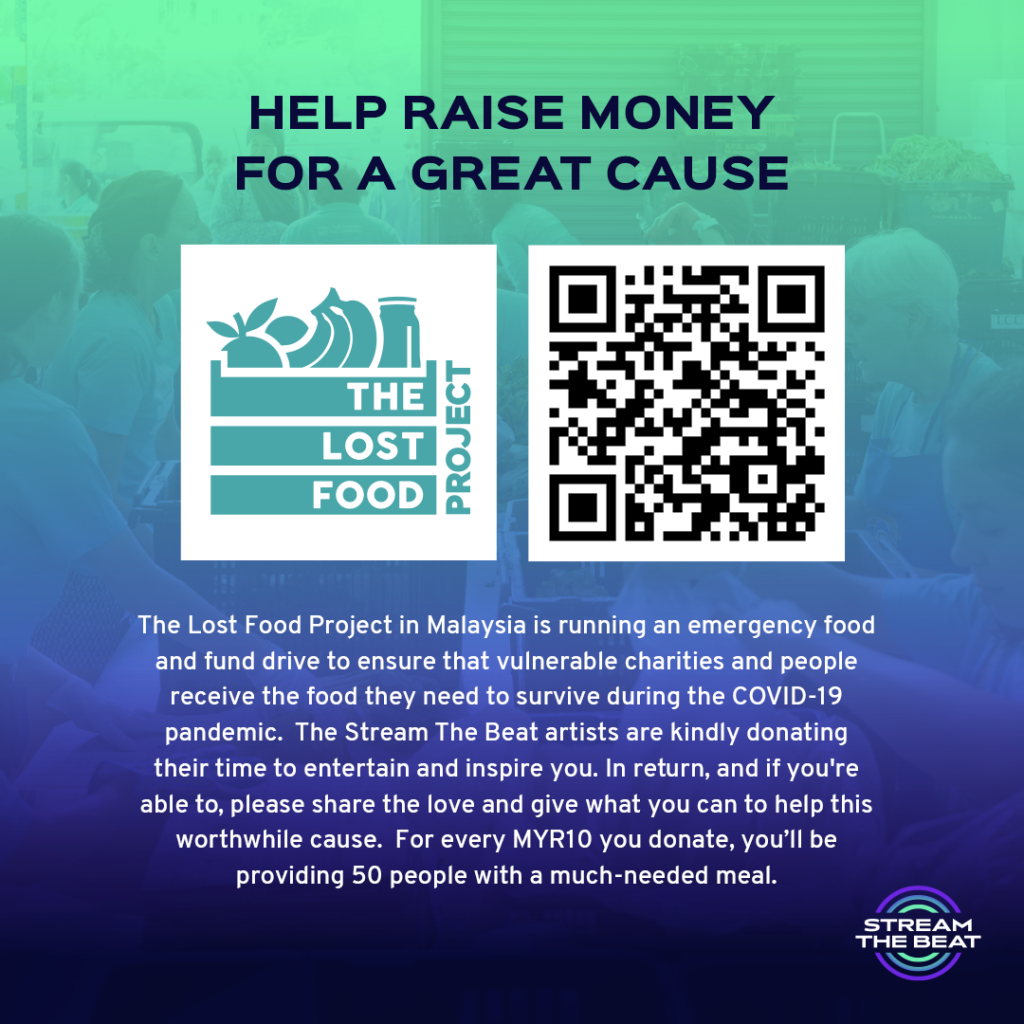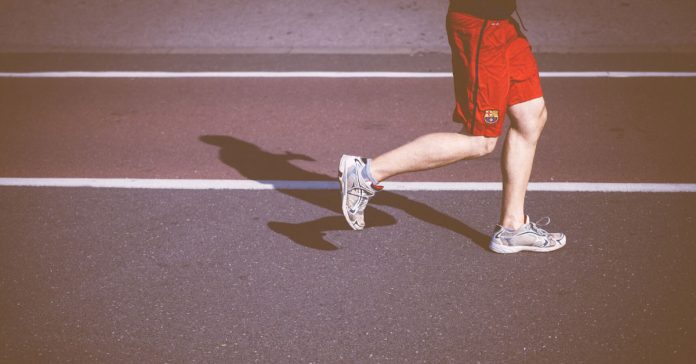Often overlooked when compared to things like strength training and conditioning, flexibility is the one thing that has a huge impact on your day to day life and sleeping habits. Why is it then that we don’t spend more time focusing on it? One of my goals during the pandemic was to become more flexible and (hopefully) get rid of the tight back and neck issues I’ve been having. In this article, I am going to share five key exercises that have improved my flexibility, and also helped improve other areas in my fitness!
Side Lean and Hold
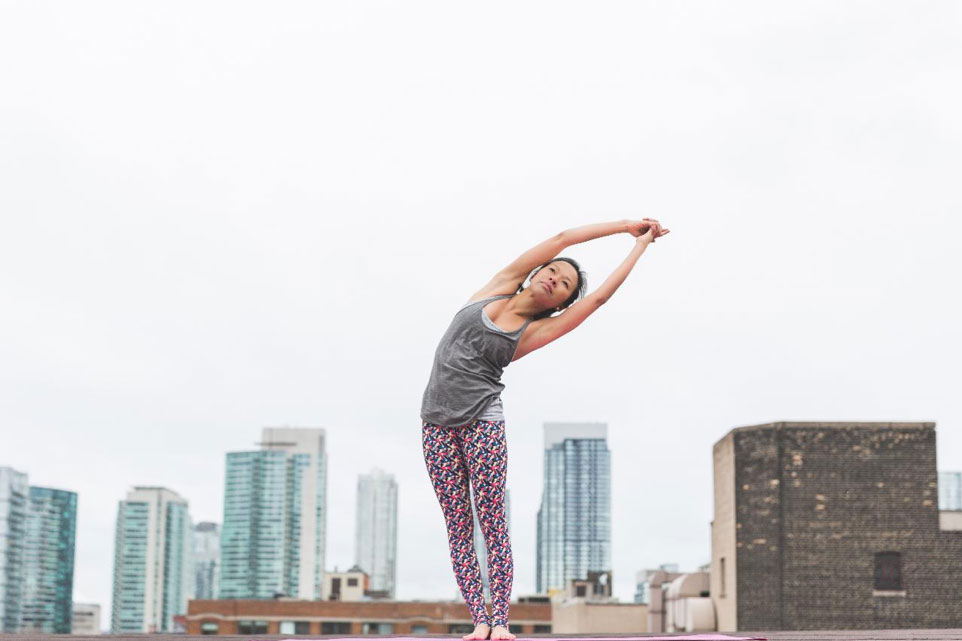
The thing that gets me sitting in a desk all day is my lats and core flexibility. I always find myself tightening up during the day and this is mainly from sitting too much, which many of us struggle with working in an office environment. This is a great exercise to do throughout the day when you’re taking a break.
- Stand straight up with your feet together and interlock your hands.
- Bring your hands above your head and hold them up as high as you can. You’re then going to initiate the stretch while keeping your hands locked together.
- Stretch as far as possible to either side, keeping your legs straight and ensuring your upper body is the only thing moving. Hold for 3 seconds.
- Repeat and stretch to the other side. You should aim to do this exercise at least 5 times each side, a few times through the day!
Shoulder Rolls
This is an extremely easy exercise, requires no equipment and is perfect to right after getting out of bed or while you’re getting ready! There are only three steps and will only require a few minutes each day.
- Stand up with your back straight, and feet spread out shoulder width apart. Keep your arms loose and hanging down by your sides.
- Shrug your shoulders up as high as you can, then roll then backwards in a circle. You want to push as far back as possible and follow the same idea when you roll them towards the front. Repeat at least 10 times.
- Reverse the direction to work all muscles in your shoulders, bring them up and rolling them forwards this time. Repeat at least 10 times.
Lower Back Engage Stretch
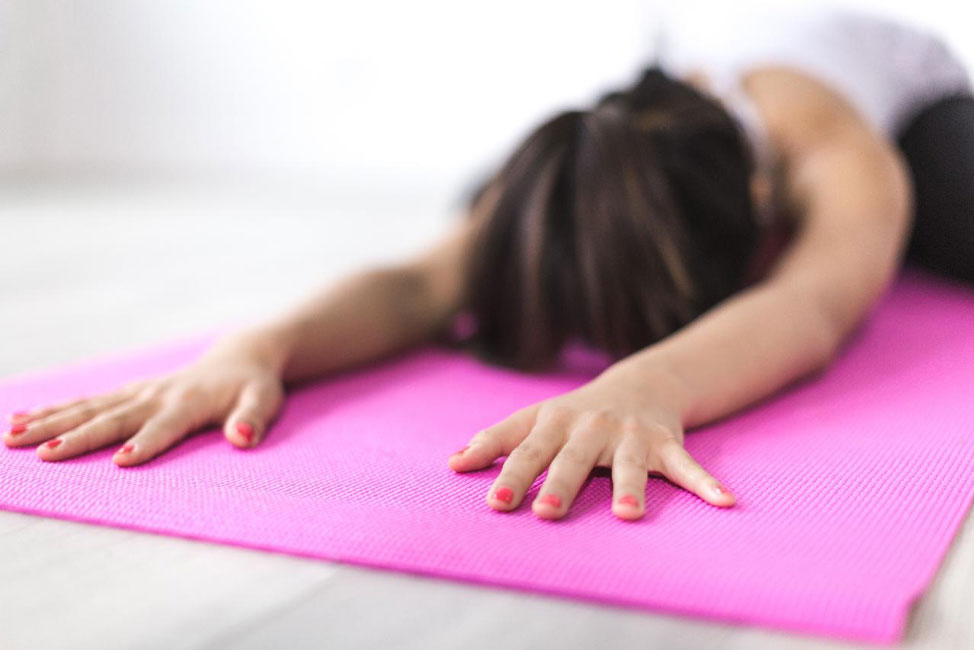
The biggest area of flexibility I had to work on was in my lower back, every time I had to bend over and pick something up I felt like I was 100 years old! This is one of the hardest areas of the body to stretch so this exercise is one of my favourites, I do it every morning when I wake up and before I go to bed.
- Start on all fours and rest your glutes on the heel of your feet.
- Walk your hands as far forward as far as possible without letting your glutes leave the heels of your shoes.
- Once you feel your lower back start to engage and tighten up, hold for 5-10 seconds until your muscles start to loosen.
- Walk your hands 4 inches further from the previous hold, and again hold this position for 5-10 seconds.
- Relax and take a 10-second break before repeating. You can track your progress by marking where you place your knees and how far you reach out with your hands each day! You’ll notice a difference in only a few days.
Planks
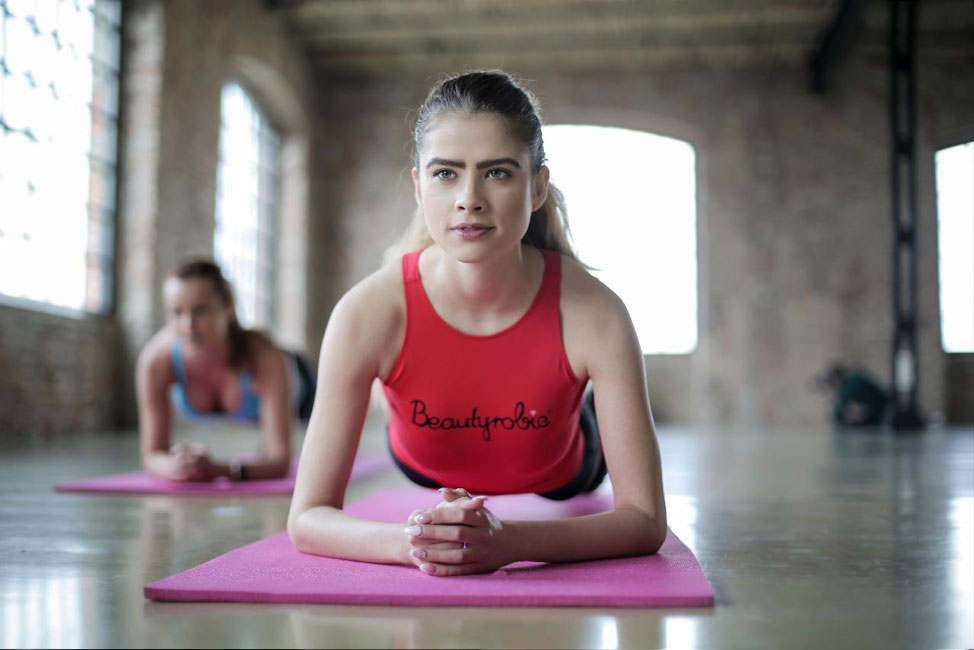
You may be thinking this is a core exercise and what is it going to do for my flexibility, but planks are actually an excellent way to stretch your hamstrings as well as the arches of your feet. By keeping your legs straight and putting your weight on your toes and arms, you work your core and back strength at the same time as improving your overall flexibility.
- Place forearms directly on the ground with your elbows under your shoulders and extend your legs completely straight so all your weight is resting on your toes and forearms.
- Ensure that your back is completely straight and not sagging, and focus on breathing slowly and keeping your core engaged. You should not feel any strain on your back and all the effort should be in engaging your core.
- Hold this position for 60 seconds, or as long as you can.
- Repeat 3-5 times once per day
The Scrunchie
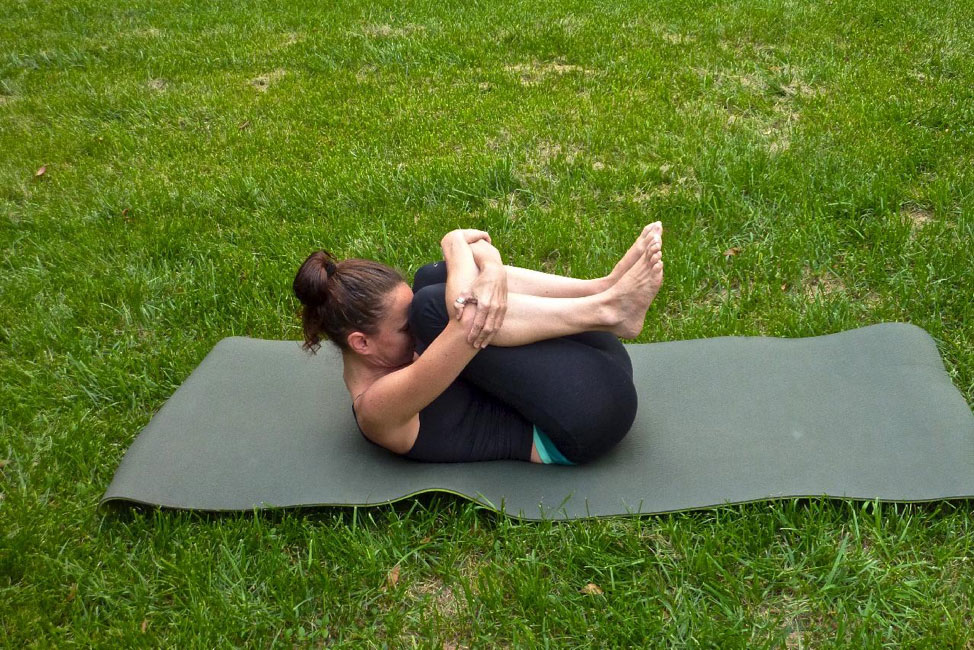
Ah yes, the “scrunchie” is an exercise you could do in your bed if you really wanted, but we don’t’ recommend that. It is best to do this on the floor or ground, using a mat so you can hold this position longer. This will help to stretch out your shoulders, upper back, glutes, and lower back! It’s really an all in one stretch that hits all the major parts of your body that seem to tighten up so it really has a major impact on improving your flexibility.
- Lie flat on the ground on your back, and bring your knees to your chest and hold them there with your arms.
- Wrap your arms around your knees, and interlock them gripping your forearms or wrists of the opposite hand as shown in the picture above.
- Squeeze them as tightly as possible, and bring your head up off the ground towards your knees as high as it will go.
- Hold this position for 5-10 seconds. Repeat 10 times at least.
Conclusion
The struggles of being inflexible are very real and during this quarantine time, some of us may find ourselves sitting for much longer periods than usual. There is also a lack of access to play sports and go to the gym, so we are forced to find different ways to keep our body in shape. Improving your flexibility will also go a long way in increasing your acceleration when running or playing other sports. We hope this guide was useful in helping you on your journey to improve your flexibility!


